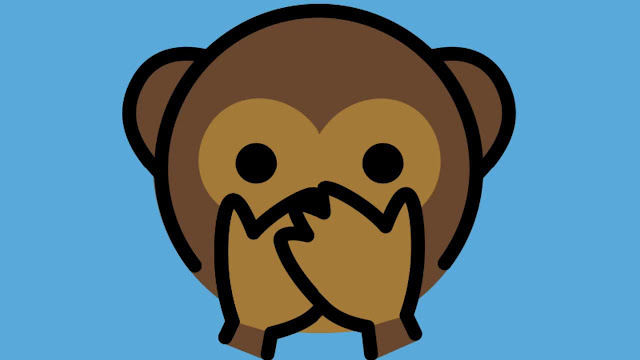Monkey Emoji Meaning: Understanding The 🐒 Symbol - Impeccable Nest
One of the most offensive uses of monkey imagery is comparing certain ethnicities or races to monkeys or apes. This should always be avoided, as it can be tremendously dehumanizing and traumatic. Do not use the monkey emoji when talking about people or groups. Associating monkeys with low intelligence or mocking less developed nations as “living in the stone age” relies on racist stereotypes. Be thoughtful about power dynamics before using the monkey emoji about intelligence. In Hinduism, the god Hanuman is depicted as a monkey. Be respectful and avoid using the emoji when talking about religious figures or deities. The monkey emoji is fine for lighthearted fun among friends, just be conscientious about more hurtful implications depending on the context. A silly emoji can take on more loaded meanings in sensitive conversations. The monkey emoji comes in multiple variants, each with its own unique interpretation. Here are some of the most commonly used variations of the monkey emoji: The “see-no-evil” monkey is depicted as covering its eyes with its hands, similar to the gesture used by humans when they don’t want to see something unpleasant. This emoji is typically used to express embarrassment, shame, or discomfort. The “hear-no-evil” monkey is shown covering its ears with its hands, implying that it doesn’t want to hear or listen to something. It can be used to convey a sense of disapproval or disinterest in a particular topic. The “speak-no-evil” monkey is shown covering its mouth with its hands, suggesting that it doesn’t want to speak or reveal something. This emoji can be used to imply secrecy, confidentiality, or the desire not to say anything. - uw86cmog70




Comments
Post a Comment